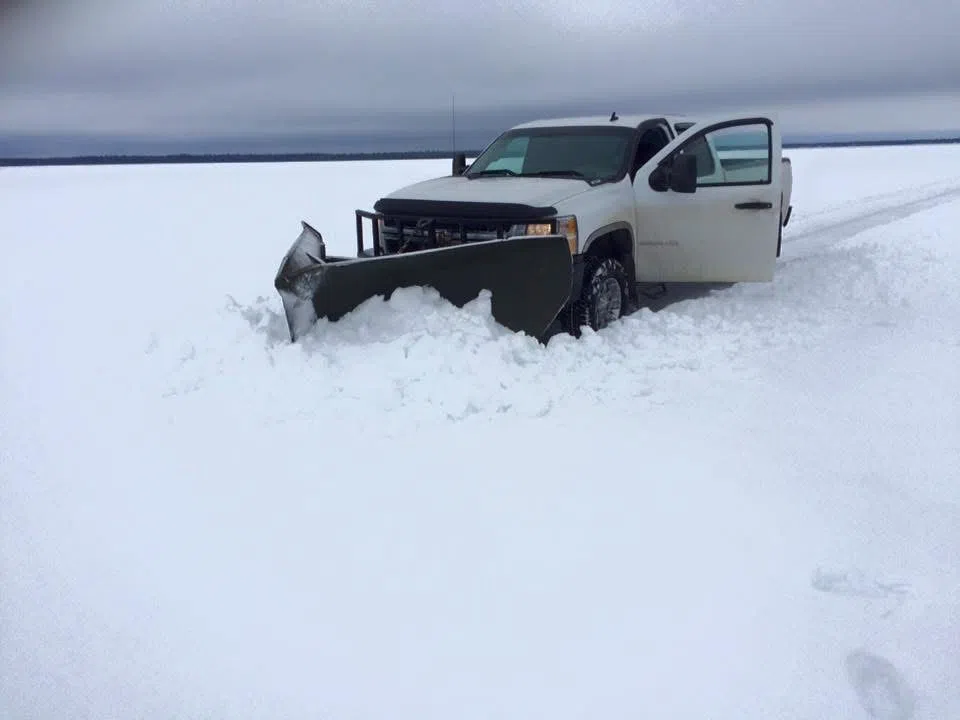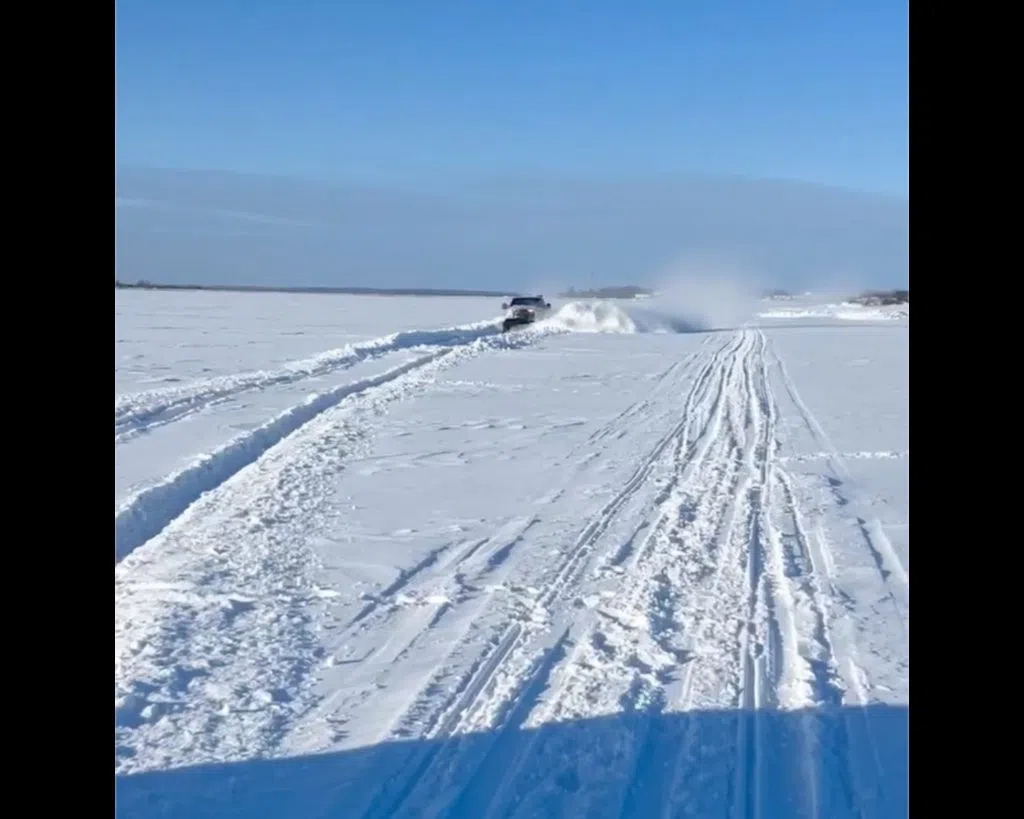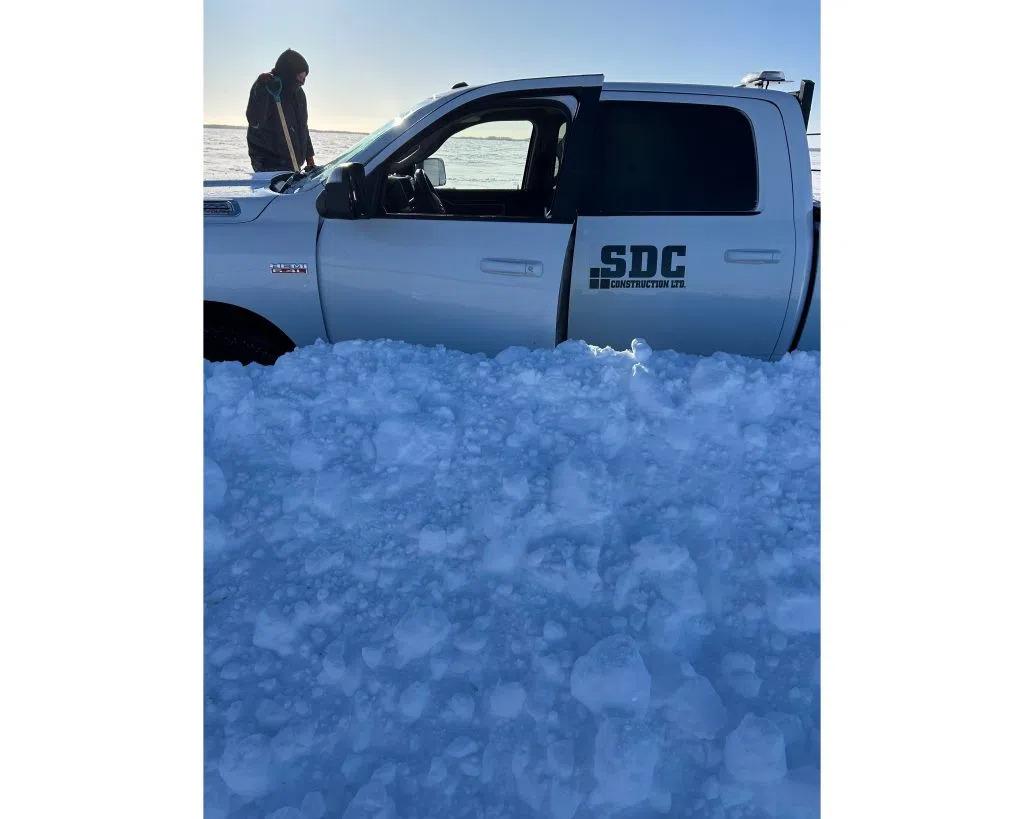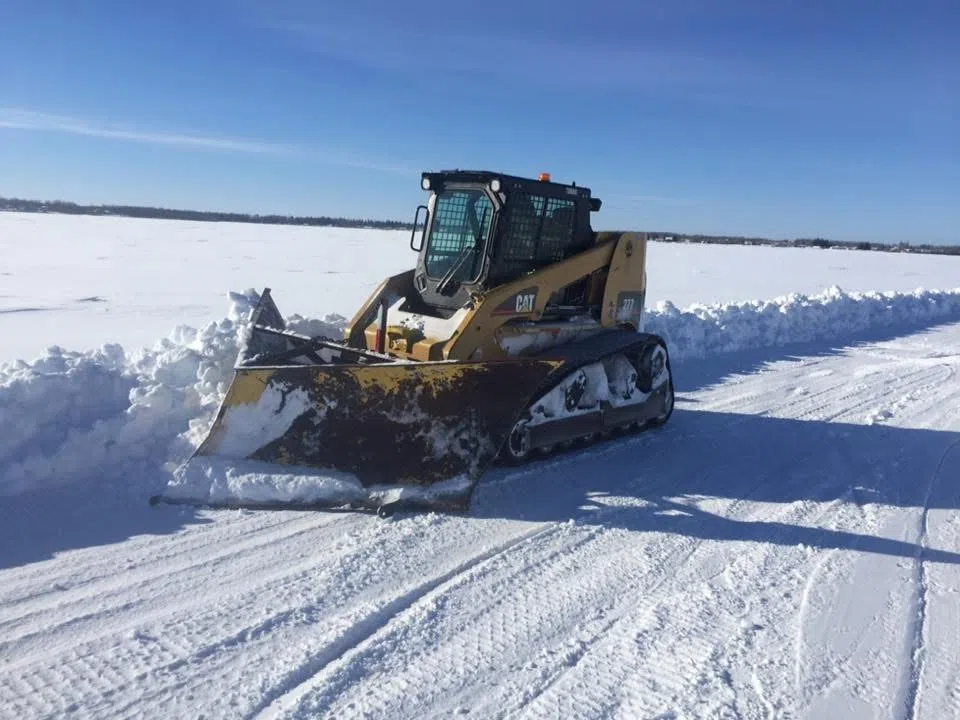
Fleeting winter convenience for the north
Each winter, as temperatures drop in northern Saskatchewan, ice roads begin to take shape, although their season is short − they are vital.
These frozen highways are a critical connection for remote Indigenous communities and cabin owners alike.
“It opens the door for isolated places like Patuanak, allowing people to travel 40 minutes instead of hours,” said John Belanger. “Families can visit elders, and it gives kids access to sports and recreation.”
The ice roads not only provide access to essential goods, services, and visits to elderly family members, they save time and money. Without them, it means long detours around frozen lakes and rivers or other even more costly alternatives to reach essential destinations.
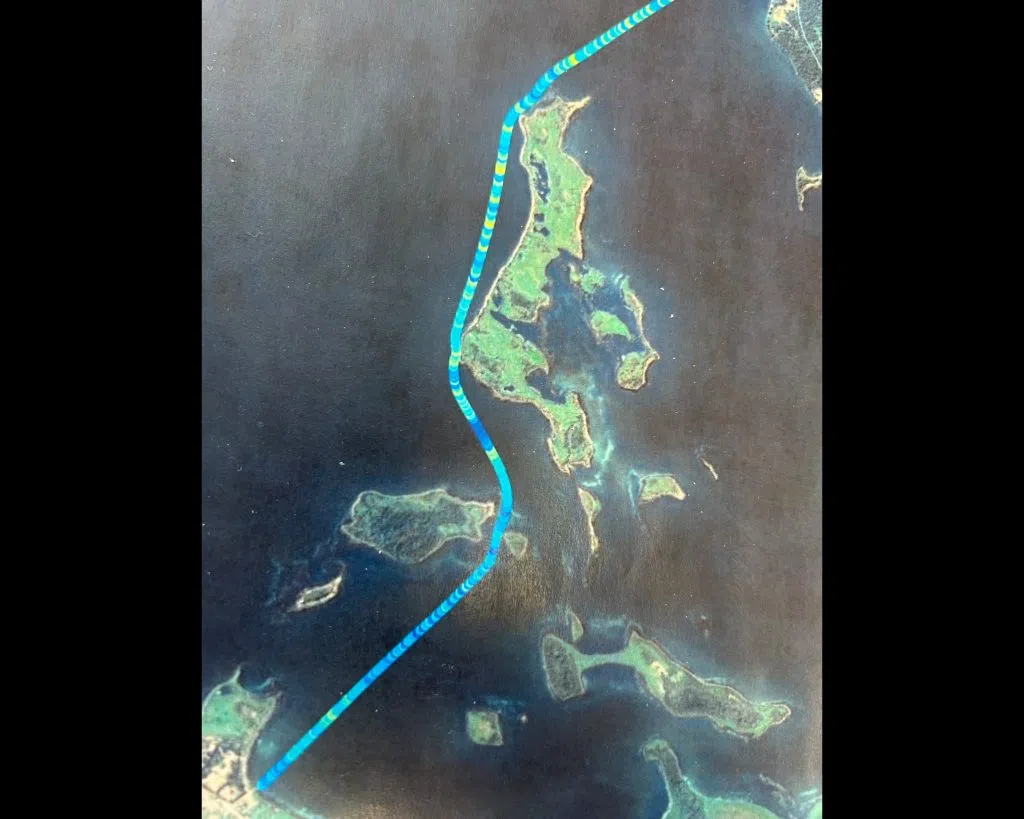
Belanger who is with the Sakitawak Development Corporation (SDC) in Île-à-la-Crosse helps maintain some of its ice roads.
He said the roads play a crucial role in keeping supplies moving.
Food, fuel, and medical necessities are transported across frozen lakes and rivers, ensuring families have what they need to get through the season.
“A lot of people don’t realize these roads are here, but they’re essential,” said Belanger. “They save time and make transportation more efficient for businesses too.”
